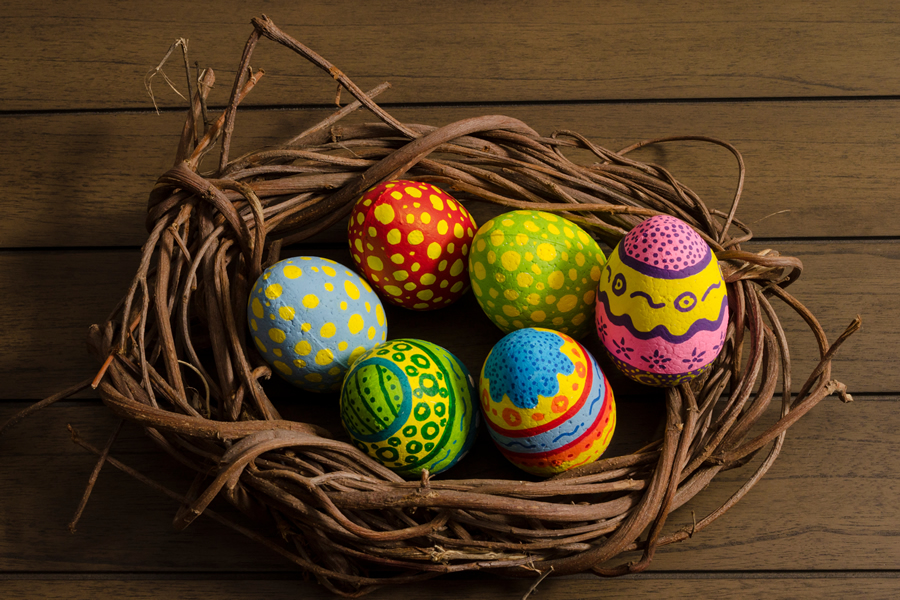
Christ is Risen! He is risen indeed!
by Rev. Gabriel Baltes, O.S.B. | 03/31/2024 | A Message from Our PastorDear Parishioners,
Christ is risen! He is risen indeed!
It is difficult for me to fathom that Easter is here already. It seemed that not all that long ago we were being signed with ashes as a call to repentance. Today we are being invited to break open colored eggs and to, once again, indulge in whatever delectable amenities we put aside for the 40 days of Lent. Perhaps more than any other food, the egg is the one most associated with Easter and with springtime in general.
Early civilizations such as the Persians, Phoenicians, Hindus and Egyptians all believed that the world began as an egg. Once this egg was broken, the yolk became the sun and the rest of the egg became the earth. The egg was so revered by the Egyptians and Greeks, that they buried them with their dead as expressions of hope in the afterlife. Recognizing that the egg was the beginning of life for so many creatures, it became the quintessential symbol for springtime when the earth underwent a rebirth after the death of winter.
Because Christians very comfortably re-appropriated symbols and rituals from Pagan culture, the egg was a logical feature to be claimed for their annual celebration of the resurrection. Just as Christ died and rose to new life, breaking forth from the confines of the tomb, so the egg became a visual image of the new life experienced by those who were baptized at the Easter vigil coming forth, as they did, from the watery grave of baptismal font.
Eventually Christians began to color the eggs used at their Easter feasts that were intended to break their Lenten fasts. In some countries these eggs were always dyed red to symbolize the blood of Christ. In other cultures, such as Ukraine and Poland, the eggs were brightly colored with elaborate and intricate geometric designs to highlight the solemn and extravagant dimension of Easter. Often times, parents would hide these Easter eggs throughout their homes and around their properties inviting children to hunt for these precious food items as a reminder of those faithful women of the gospels who went searching for the tomb of Jesus on that first Easter Sunday morn only to find that he had burst his three day prison and was now alive in their midst.
With the Protestant Reformation in the 16th and 17th centuries, the tradition of Easter eggs was banned in several countries because of its Pagan origins. But by the middle of the 19th century it began to reemerge especially in America after Abraham Lincoln hosted an egg rolling contest on the White House grounds.
Gratefully, the Easter egg, whether a true egg hard boiled and colored, or one made of chocolate (or another edible substance), remains a cherished element to our contemporary Easter rituals. Not only are eggs a recognized source of protein for our bodies, in the context of Easter, they offer a spiritual nutrition for our souls and a unique lesson for transmitting our faith. As we begin the 50 day celebration of the Lord’s resurrection today, may we relish these humble and sacred gifts that come to us from the earth. As we break them open, may we be reminded of the risen Lord who breaks into our lives offering us himself as food that sustains us in our journey of life. May we also imitate him as we, in turn, break ourselves open in service to our brothers and sisters throughout this season of joy.
BACK TO LIST BACK